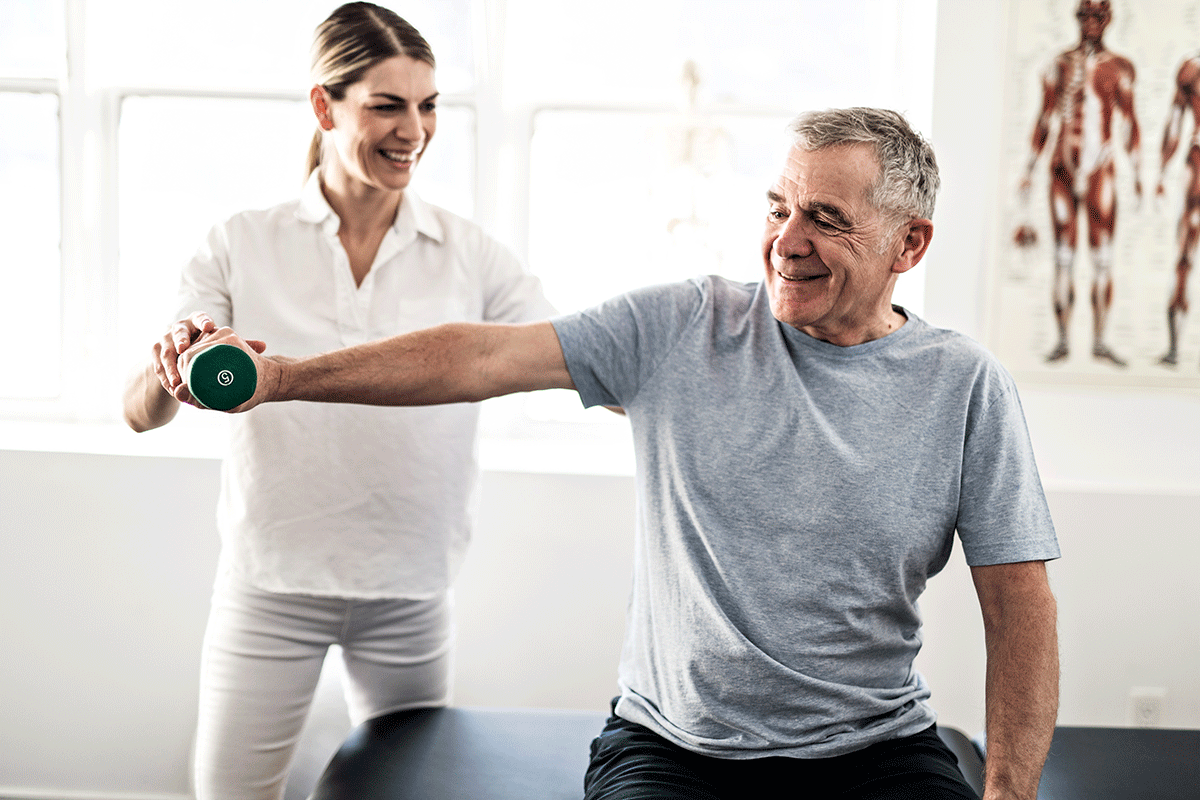Harnessing Shared Drive to Enhance Achievements and Dedication in Athletic Communities
Fitness communities are assemblies of people who come united with a common objective of enhancing their physical health and fitness. These groups can be located in multiple formats, including fitness centers, sports teams, running clubs, and virtual fitness platforms. The combined momentum generated within these groups plays a crucial role in enhancing individual performance and encouraging dedication among participants. This piece examines how the shared motivation and assistance from peers can increase wellness standards and reinforce loyalty to individual wellness goals.One of the key advantages of becoming a member of a fitness group is the encouragement that members provide one another. When individuals work out together, they often push one another to attain their limits. This concept, known as social facilitation, indicates that people perform better when they are in the presence of peers. The enthusiasm and momentum that flow through a team during a training session can inspire individuals to try harder and accomplish more than they would alone. This shared experience not only boosts physical output but also builds a feeling of connection among participants.
Accountability is bodyweight fitness training workouts another crucial aspect of wellness groups that works to increase commitment to health objectives. When individuals are connected to a team, they are more likely to attend for training sessions and stay steadfast with their exercise programs. Knowing that peers are counting on them can inspire participants to stick to their regimens and avoid skipping workouts. Moreover, sharing individual advancement with the group can cultivate a feeling of responsibility, as participants recognize successes fitness coaching and motivate one another through obstacles. This accountability can be especially beneficial for those who struggle with maintaining drive on their own.
In addition, wellness groups often offer opportunities to tools that enhance performance. Many teams have experienced trainers or well-informed participants who can offer direction on effective workout methods, dietary guidelines, and injury prevention approaches. By gaining knowledge from one another and sharing tips, group participants can enhance their abilities and understanding of fitness. Furthermore, team activities such as classes or organized sports often expose individuals to new exercises that they might not try independently. This exposure helps broaden training routines and keeps members engaged in their fitness pursuits.

In summary, harnessing collective momentum within wellness groups substantially influences personal results and dedication standards. The encouragement from fellow members fosters an atmosphere where participants are inspired to extend their limits while remaining responsible to their objectives. Access to collective insights and tools additionally improves the entire benefit of becoming a member of these communities. As people proceed to engage in these encouraging communities, they not only enhance their bodily well-being but also develop long-term connections that add to their quality of life long-term.